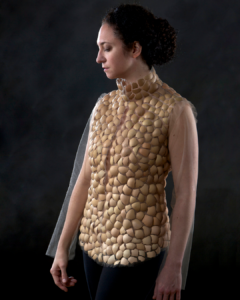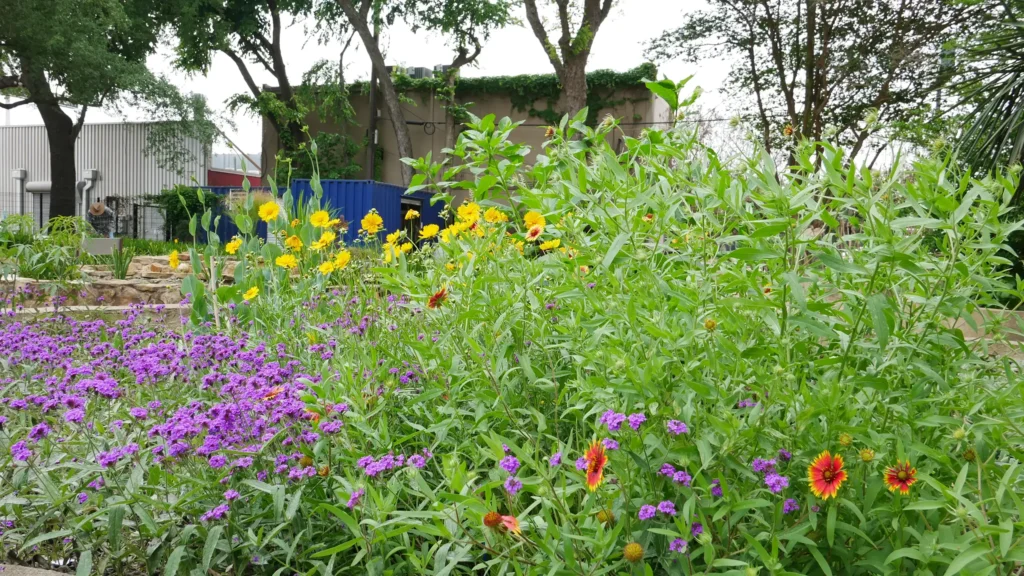Some artists develop by migrating to cities such as New York or Berlin, where dynamic art scenes constantly expose them to fellow artists, curators, writers and ideas that challenge them to reinvent their practices.
Michael Peterson is not one of those artists.
Born in Wichita Falls, Peterson ended up on Lopez Island, Wash., one of the San Juan Islands, where he lives and works in solitude — mostly outdoors, without so much as a tarp to shelter him in bad weather.
Evolution/Revolution, a traveling exhibition at the Houston Center for Contemporary Craft, traces the wood sculptor’s growth for more than two decades and makes clear his isolation hasn’t led to stagnation. To the contrary, Peterson’s development has taken him from the lathe — a woodworking machine typically used to make functional or decorative symmetrical objects — to the chain saw, leading to radical changes in the work’s appearance but reinforcing its mystical impulse.
The show, organized by Michael Monroe and Stefano Catalani of the Bellevue Art Museum just east of Seattle, explains the processes Peterson uses to create his evocative organic forms without demystifying his practice, which, the curators say, “has centered on the spiritual universe, interpreting it in the visible components of the natural world, whether these be mountain formations, valleys, canyon walls, craters, mesas, rocks, drift woods, or living things.”
Early pieces like those from his Teardrop Landscape Series (1987) are lathe-turned bowl-like objects made from burls — harmless outgrowths on trees that may have been caused by injury. (Their irregular grain patterns appeal to sculptors and wood-turners.) Peterson often disrupts his bowls’ surfaces with gashes, but the effect suggests not violence rather a process of natural erosion.
The bowls are beautiful, but Peterson’s most astonishing work has occurred during the past decade, when he’s hollowed out wet burls with chain saws, leaving a rectangular border about ¼- to ½-inch thick. He then allows them to dry, causing them to shrink and warp. His willingness to integrate nature’s unpredictability into his work echoes that of artists such as John Cage, who prepared rag paper with fire and smoke and used river rocks to guide his brush strokes in a series of Zen-inspired watercolors.
Of course, Peterson still imposes his will on the wood, smoothing edges and often bleaching, sandblasting and layering it with inks and dyes. Often he stacks individual units into arrangements that call to mind accumulations of driftwood along a coastline.
Lest viewers wonder if the apparent harmony in Peterson’s work is deceptive, the curators point out that wood turners “tend to be a very green bunch” who “do not cut down trees solely to create artwork. Instead, they harvest available wood from felled trees and other sources without harming their surroundings. It is illegal to cut a burl off a living tree because this can damage and even kill the tree.”
Ultimately, Peterson’s process results in what feel like a collaboration not just with the materials but the Pacific Northwest ecosystem into which Peterson has immersed himself.

